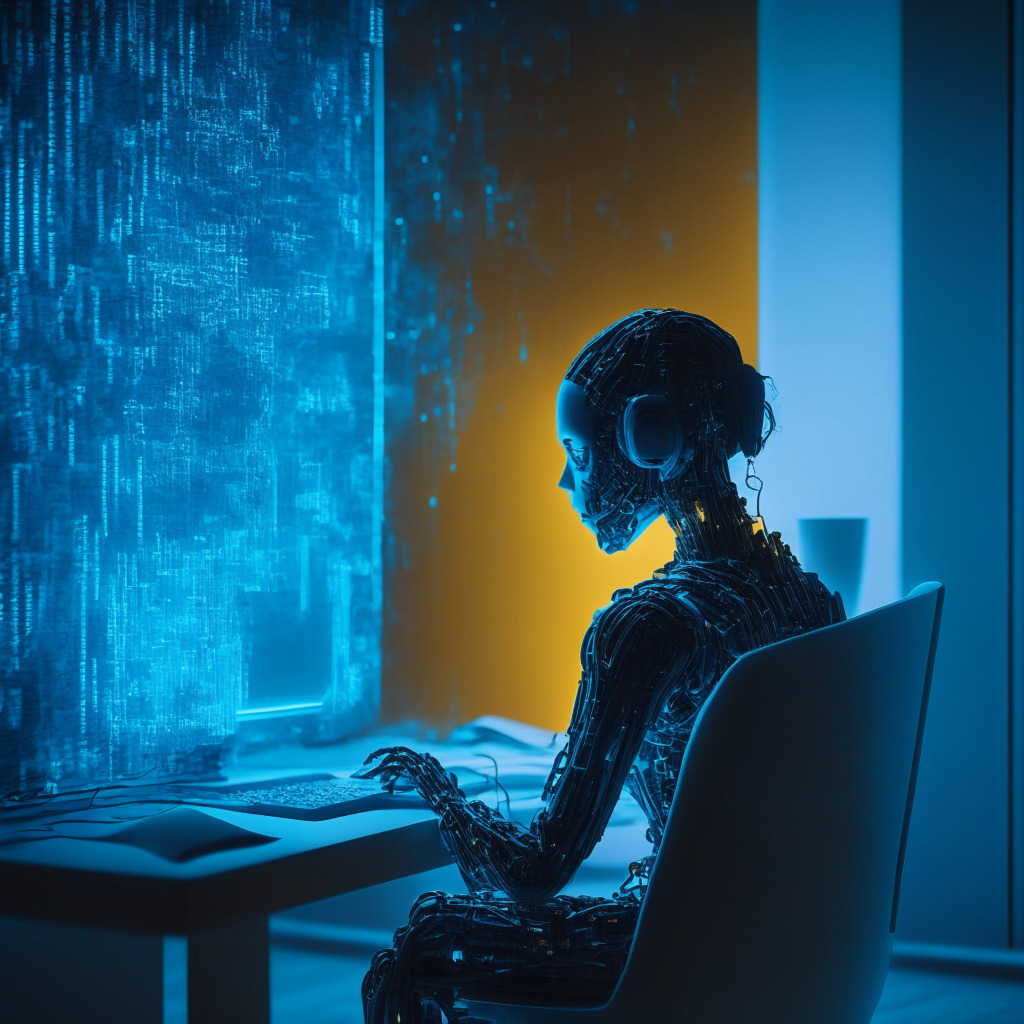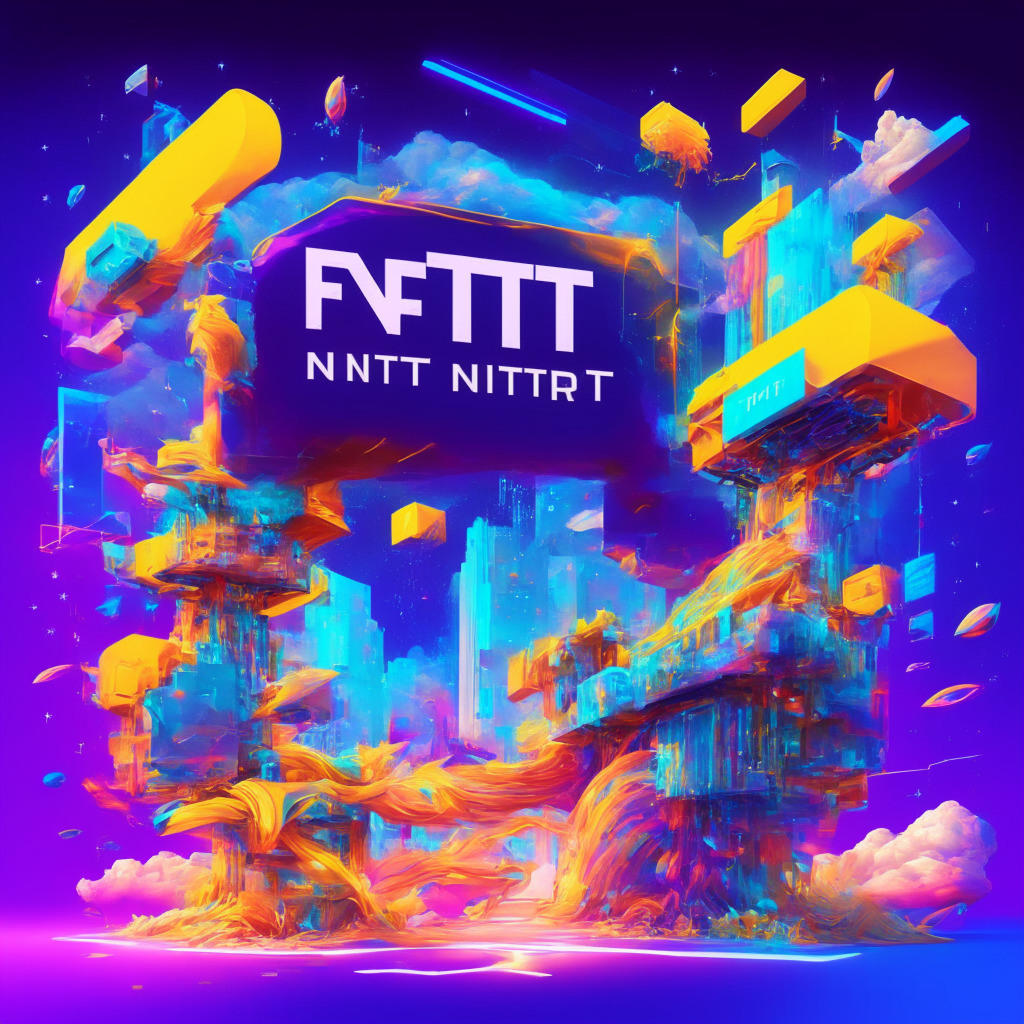In progressive strides of artificial intelligence, the OpenAI code interpreter stands as a remarkable tool. Developed by the forerunner in AI, OpenAI, this specialized model effectively bridges the gap between human language and computer code. Trained on extensive and diverse datasets, it processes, generates, and comprehends complex programming code. From Python, JavaScript, C to specialized languages such as Rust or Go, it interprets in a way that aligns well with coding practices.
OpenAI code interpreter rests on reinforcement learning from human feedback (RLHF), an advanced machine learning procedure that combines the strengths of unsupervised and supervised learning. RLHF refines the model’s performance by reintegrating human feedback into the model’s learning cycle. Essentially, it can not only grasp what a piece of code does but also make bug identifications, suggest code improvements, and help design software structures. Despite its wide-ranging abilities, it’s important to remember that the model doesn’t truly “understand” code in the human sense and operates based on patterns learned during training.
The model’s versatility knows no bounds. Its tasks range from code generation and review, optimization, bug identification, code explanation, translation, predicting code outputs, and generating test cases. Regardless of these capabilities, it’s vital to mention the model’s dependence on the training data and its limitations. For example, if it encounters unfamiliar code constructs, it might fail to interpret them accurately.
While OpenAI code interpreter serves as a powerful tool, it’s also critical to consider its benefits and drawbacks. On the one hand, it brings time efficiency, versatility, accessibility, and continuous learning on the table. It bridges the gap between coding and natural language, making programming more accessible to a broader audience, while also unshackling developers to focus on more complex tasks. However, its limitations can’t be understated. The technology may propagate errors and could lead to complacency among developers as it lacks an intrinsic understanding of the code. Safety and ethical issues revolving around automated code generation might be potential drawbacks too.
Using OpenAi code interpreter requires a consideration of its boundaries, data security and privacy, oversight and review mechanisms, understanding of its training process, and its purpose to merely complement but not replace the human coder. While the tool can take over several tasks and facilitate coding, human creativity, problem-solving abilities, and nuanced understanding remain irreplaceable by AI. With continuous improvements foreseen in machine learning models, this tool is expected to offer more versatility and reliability in handling diverse code-oriented tasks in the future. It truly marks a leap in the field of artificial intelligence rendering immense possibilities in code interpretation and generation.
Source: Cointelegraph




